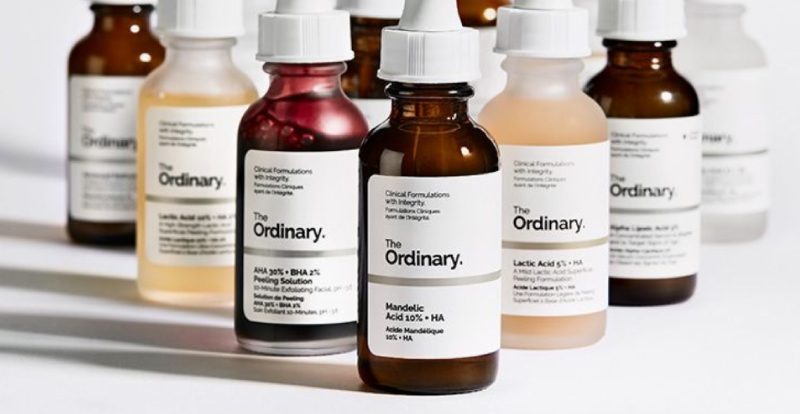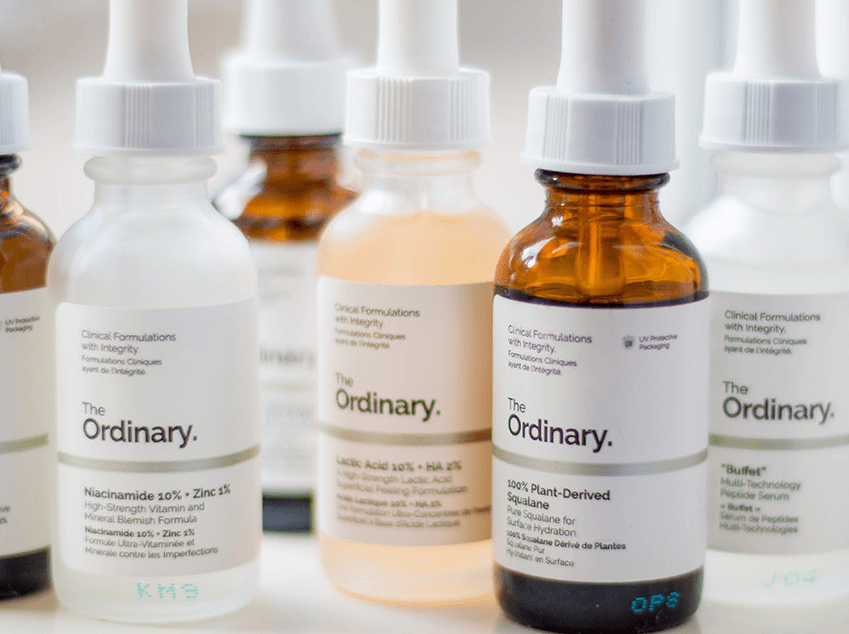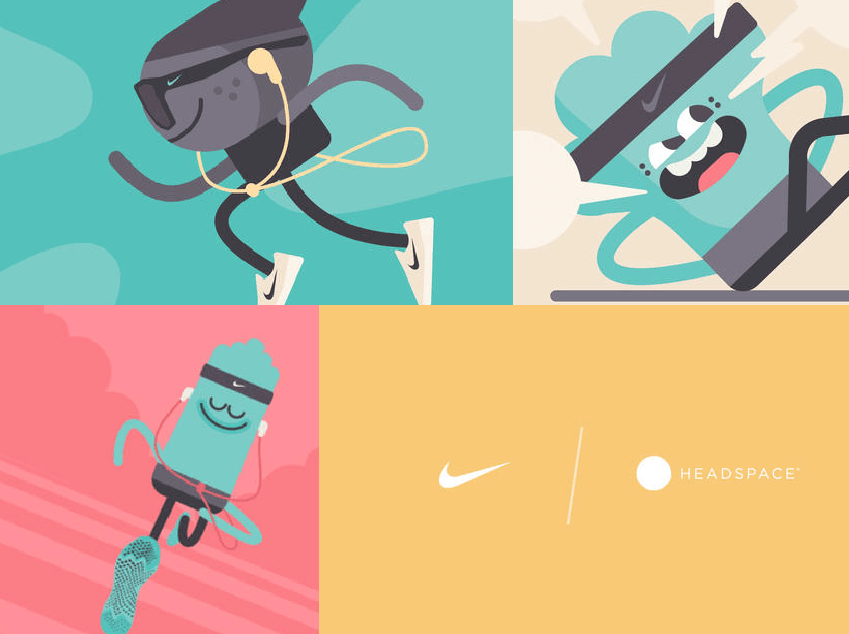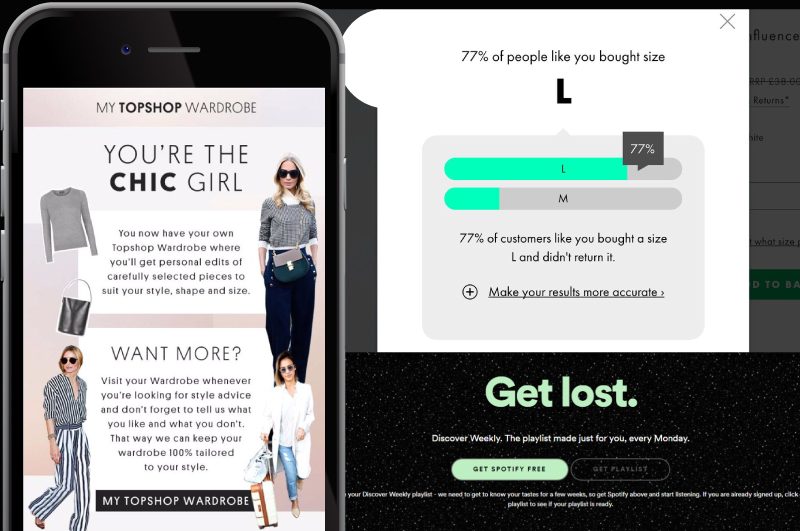Options, options, options! In a world of endless choice it seems one of the few ways for messages to cut through is simplicity. Many brands are choosing to go minimal with their images and offerings, paring back their branding and letting their products do the talking.
One manifestation of this is Carlsberg, whose bottle, can labels and product packaging have been cleaned up and streamlined. Excess detail and copy have been lost, a new, fresh green shade dominates and a significantly reduced colour palette is evident. The resulting look is just that little bit easier to take on board – something that message-deluged consumers instinctively welcome.
Carlsberg’s subtle makeover is about more than just speed of recognition. It chimes with the growing appeal of back-to-basics authenticity, often with an emphasis on artisan/hand-made/local products. Carlsberg may not claim to be truly any of these things but its new design signals a shift from ‘football fans and plastic cups’ to quality and sustainability. The simple design also hints at simple ingredients, which is again a resonant virtue for the growing numbers of health-conscious consumers.
Cult beauty brand The Ordinary is another good example of how less is increasingly more. Not only is its branding muted, monochrome and genderless, the products tend to focus on single active ingredients that offer particular benefits. The understated design suggests that efforts have been focussed on scientific substance not flashy style, and echoes the straightforward, trustworthy functionality of prescription medicines. The approach has generated a lot of chatter online, helping to cement its success.

Source: The Ordinary
In summary, people want brands to let their products speak for themselves in a quiet, direct, almost unbranded way – a carefully constructed naturalness and authenticity that builds trust and lessens the sense of shouty hard sell.











